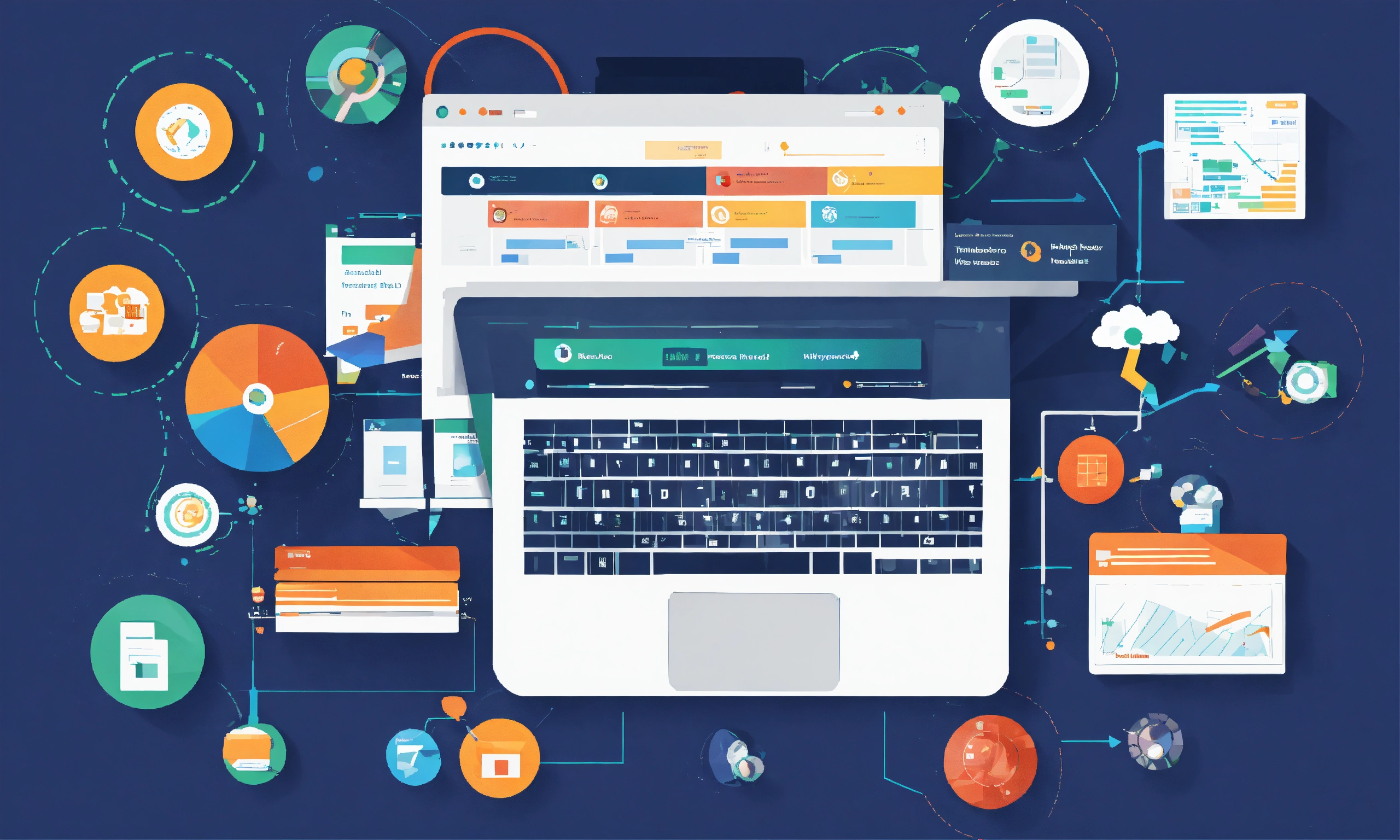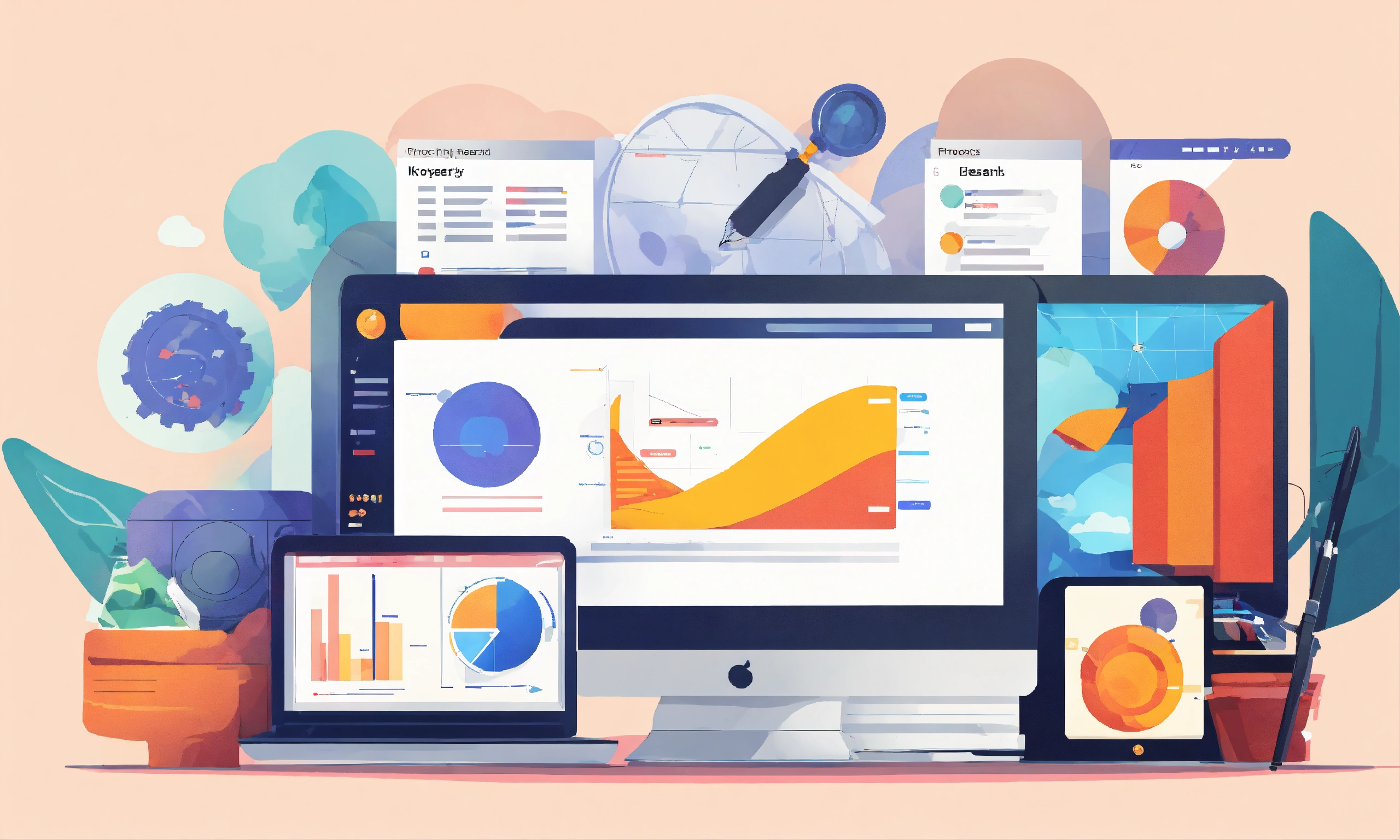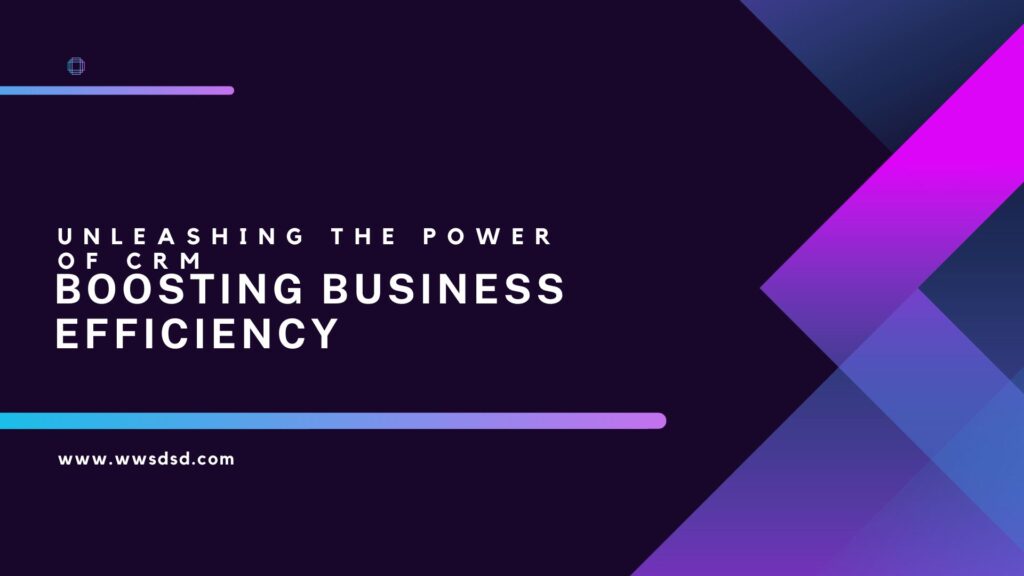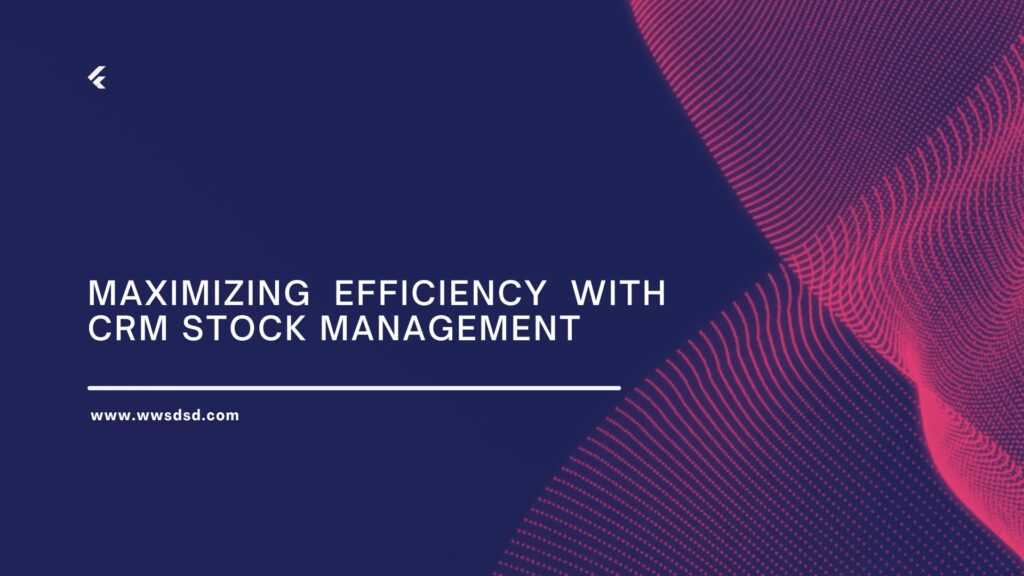Introduction:
Picture this: you run a tavern in ancient Rome. You know every customer by name, remember who prefers red wine or mulsum, and you’ve got the perfect story for each one to keep them coming back. But then the city grows. Customers multiply. And suddenly, your memory — once your greatest asset — becomes a maze of forgetfulness. What do you do?
The modern answer to that chaos is called CRM: Customer Relationship Management. It sounds like spreadsheets, automation, cold emails… but it’s actually much older — and far more human — than it appears.
From Artisan Pulse to Algorithmic Intuition
For centuries, business was built on personal connections. The butcher knew grandma’s favorite cut. The bookseller remembered which poet made the melancholic boy cry. Today, that intimacy seems lost beneath layers of data and dashboards.
And yet here lies the first paradox: a CRM doesn’t dehumanize relationships — it reconstructs them with surgical precision. Like a meticulous archivist, it remembers for you what you can no longer — and should no longer — hold in your head alone.
CRM: The Spy Who Came from Marketing
The magic of a good CRM isn’t in hoarding data. It’s in turning that data into meaningful action. A client stops opening your emails? The CRM notices. Another buys three times in a week? The CRM celebrates and whispers it in your ear like a trusted confidant.
It’s like having a compass in the digital sea: it won’t tell you what to do, but it will show you where to look. And in that gaze, there is strategy, yes — but also empathy: anticipating what someone needs before they even say it. As if Freud had designed software instead of psychoanalysis.
From Transactions to Connections: A Cultural Shift
CRM embodies a delicious contradiction: it uses machines to make us more human. By automating repetitive tasks, it frees up time for what truly matters: thinking, creating, talking. That’s not just efficiency — that’s evolution.
Many companies adopt CRM for “control” but end up gaining clarity. And with clarity comes transformation: smoother processes, better-coordinated teams, wiser decisions, and clients who are no longer ghostly entries in a database, but voices with backstories.
Conclusion:
Adopting a CRM isn’t about filling a spreadsheet with names. It’s about reshaping how you conceive relationships. Moving from “what did they buy?” to “what do they need?” From “how do I keep them?” to “how do I understand them?”
Because in the end, businesses aren’t built on products or services alone. They’re built on connections. And a well-used CRM is like a personal diary that reminds you each customer is a story waiting to be re-read.



